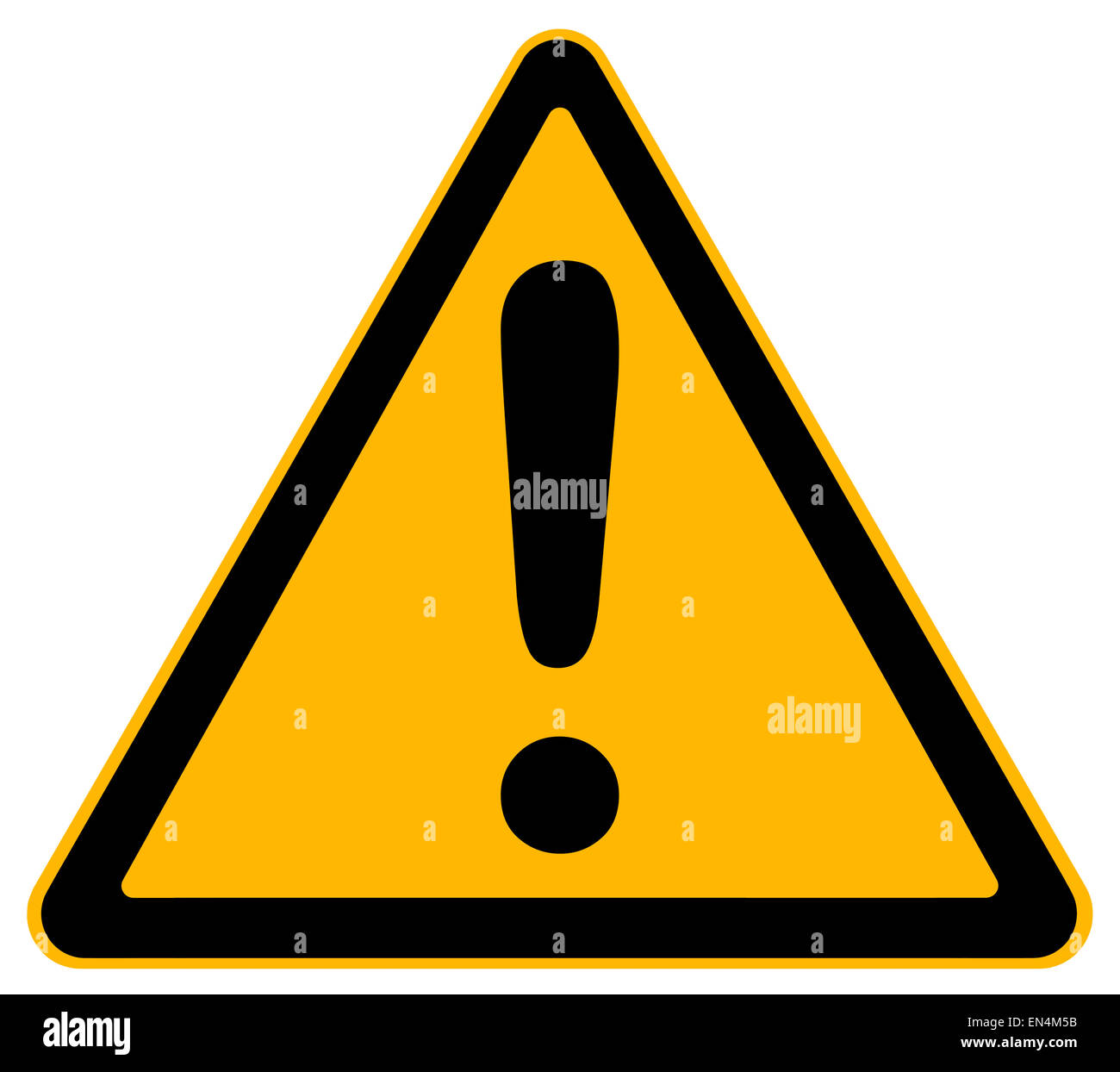
Text will also be on the sign to confirm that it is a no passing zone. Pennant-shaped signs usually indicate no passing zones. To an Engineer, the glass is twice as big as it needs to be.Pennant-shaped signs indicate: A. Other's, like the Chamfer ones, do hang around since that condition is one that persists, even if it has no negative impact on the validity of the model (note that in future releases we probably are going to be a little less 'vocal' about some Chamfer issues since they really are quite normal).Īnyway, I hope this helps explain things a little better. You may also discover that many of these 'Alerts' only appear once, immediately after the modification took place which triggered it, and if you perform a subsequent update or modification, that the 'Alert' is cleared since it's already served its purpose. BTW, you can add an 'Alert' column to the Navigator which will make it easier to spot them as well as what the message might be. Now what happens is that sometimes during an update something changed and a condition will arise that again we feel you should at least be aware of even if it does not interfere with the update or result in an invalid model, so we 'flag' the relevant features in the Part Navigator. Now in the case of a model update we didn't want to interrupt the process whenever an 'Alert' was generated so we decided to implement instead this 'roadsign-like' icon scheme instead.

You can ignore it if you choose and the operation will still complete successfully and a valid model will be the result. An 'Alert' does not mean that there was a failure, but merely a condition that you might be interested in knowing about.

Perhaps it would help if you thought of them as 'Alerts' which take place during an update, not all that different than the 'Alerts' you may have seen when you've been creating or editing a feature interactively.


 0 kommentar(er)
0 kommentar(er)
